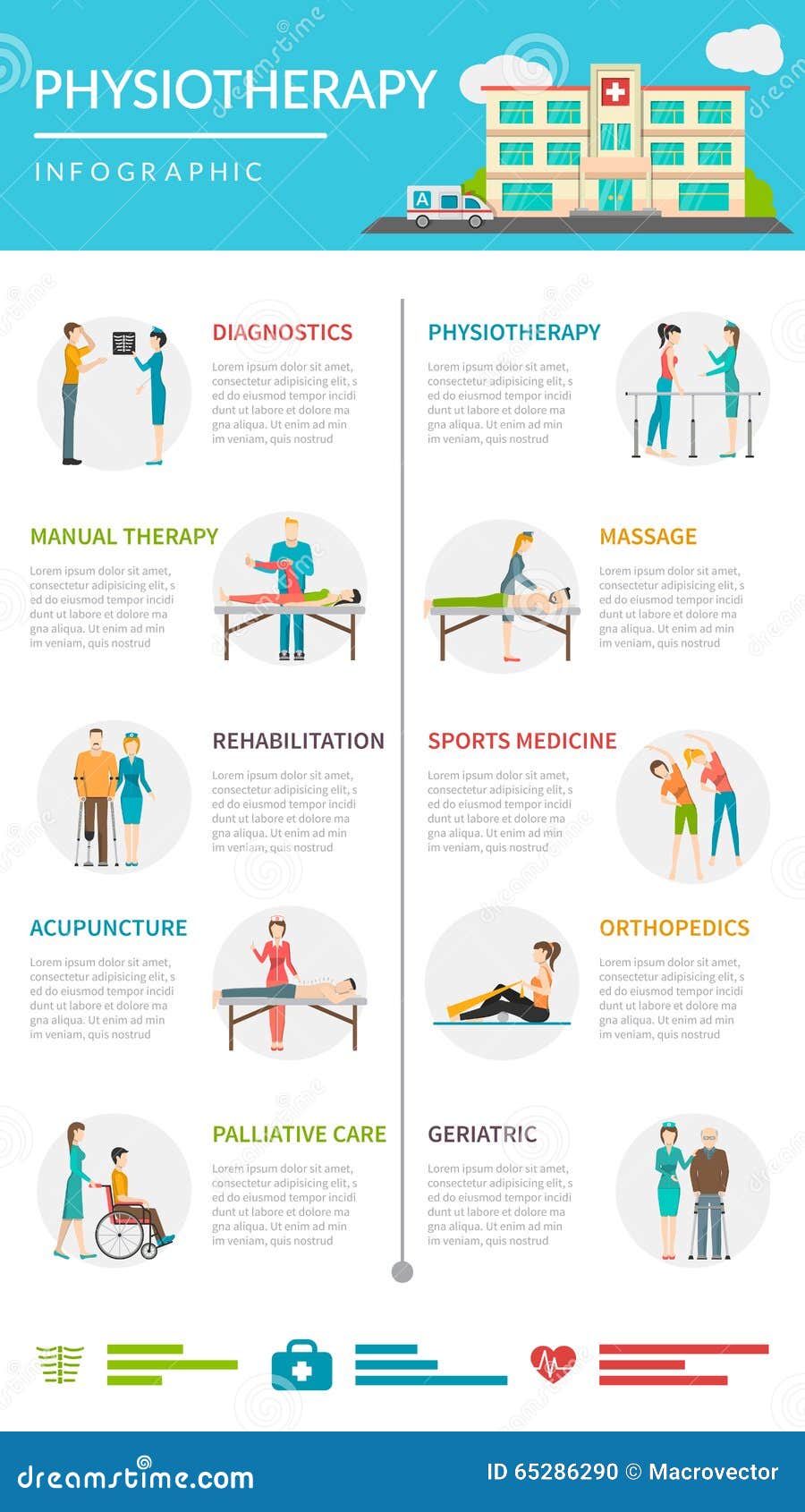Find Out Just How To Promote A Healthy And Happy Back With Basic And Effective Techniques
Find Out Just How To Promote A Healthy And Happy Back With Basic And Effective Techniques
Blog Article
Article Composed By-Conway McIntyre
Keeping correct pose isn't nearly sitting up straight; it has to do with straightening your body in a manner that sustains your spine and minimizes the risk of pain in the back. The way you sit, stand, and relocate throughout the day can dramatically affect your spine health and wellness. However exactly how precisely can you make certain excellent alignment regularly, even during busy days loaded with different tasks? Allow's dig deeper right into the refined yet impactful adjustments you can make to your day-to-day regimen to keep your back delighted and healthy and balanced.
Value of Proper Stance
Proper pose is vital in keeping a healthy and balanced back and preventing pain. When you sit or stand with good position, your back is in placement, lowering pressure on your muscles, ligaments, and joints. This placement allows the body to disperse weight equally, protecting against too much anxiety on specific areas that can bring about pain and pain. By maintaining your spinal column effectively straightened, you can additionally enhance your breathing and digestion, as slouching can compress organs and restrict their functionality.
Additionally, keeping excellent position can boost your general look and self-esteem. When you stand tall with your shoulders back and head held high, you exhibit self-confidence and appear more approachable. Great stance can also make you really feel more energized and alert, as it promotes proper blood circulation and allows your muscle mass to work efficiently.
Integrating appropriate position right into your daily routine, whether resting at a workdesk, walking, or exercising, is essential for stopping back pain and promoting overall well-being. Bear in mind, a little adjustment in how you hold on your own can make a considerable difference in just how you feel and operate throughout the day.
Common Postural Mistakes
When it comes to keeping good posture, lots of individuals unconsciously make typical blunders that can add to pain in the back and pain. Among the most prevalent errors is slumping over or hunching over while sitting or standing. This setting places excessive stress on the spine and can lead to muscular tissue inequalities and discomfort in the long run.
An additional typical mistake is overarching the reduced back, which can flatten the natural curve of the spine and create pain. Furthermore, crossing legs while resting may feel comfortable, but it can develop an inequality in the hips and pelvis, bring about postural concerns.
Making use of a cushion that's too soft or as well firm while resting can likewise influence your positioning and contribute to back pain. Last but not least, regularly craning your neck to look at displays or readjusting your placement frequently can stress the neck and shoulders. Being mindful of these common postural mistakes can help you maintain far better alignment and decrease the threat of pain in the back.
Tips for Correcting Placement
To boost your alignment and lower back pain, it's vital to concentrate on making small modifications throughout your everyday routine. Start by bearing in Highly recommended Internet page . When sitting, ensure your feet are flat on the flooring, your back is straight, and your shoulders are unwinded. Prevent slouching or leaning to one side. Use ergonomic chairs or paddings to sustain your reduced back.
When standing, disperse your weight equally on both feet, keep your knees somewhat bent, and tuck in your pelvis. Engage your core muscle mass to sustain your back. Take breaks to stretch and walk around if you have a sedentary task. Include https://autoinjurychiropractornea02940.azzablog.com/30796704/examine-the-various-pillow-options-for-neck-discomfort-relief-educated-by-expert-knowledge-and-suggestions-determine-methods-to-improve-your-rest-experience that reinforce your core and back muscular tissues, such as slabs or bridges.
While resting, use a pillow that sustains the all-natural curve of your neck to maintain appropriate spinal positioning. Prevent sleeping on your stomach, as it can strain your neck and back. By bearing in mind these tips and making small changes, you can slowly correct your placement and reduce back pain.
Conclusion
Remember, keeping good posture is essential to avoid neck and back pain and promoting spine wellness. By bearing in mind your placement, distributing weight equally, and involving your core muscle mass, you can lower pressure on your back and lessen the danger of pain and injury. Incorporate ergonomic assistance, take routine breaks to stretch, and strengthen your core and back muscles to preserve appropriate alignment throughout the day. Your back will certainly thank you for it!
